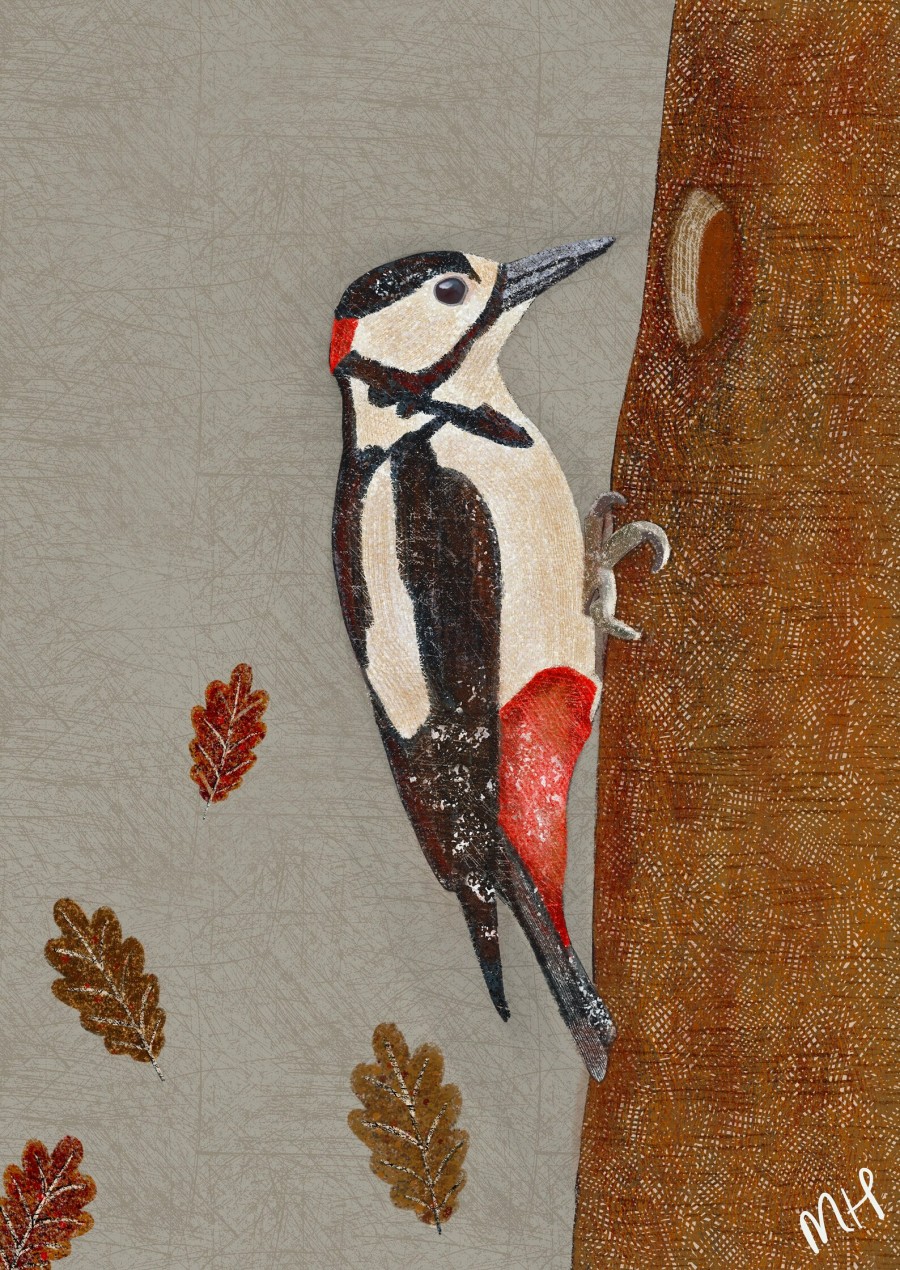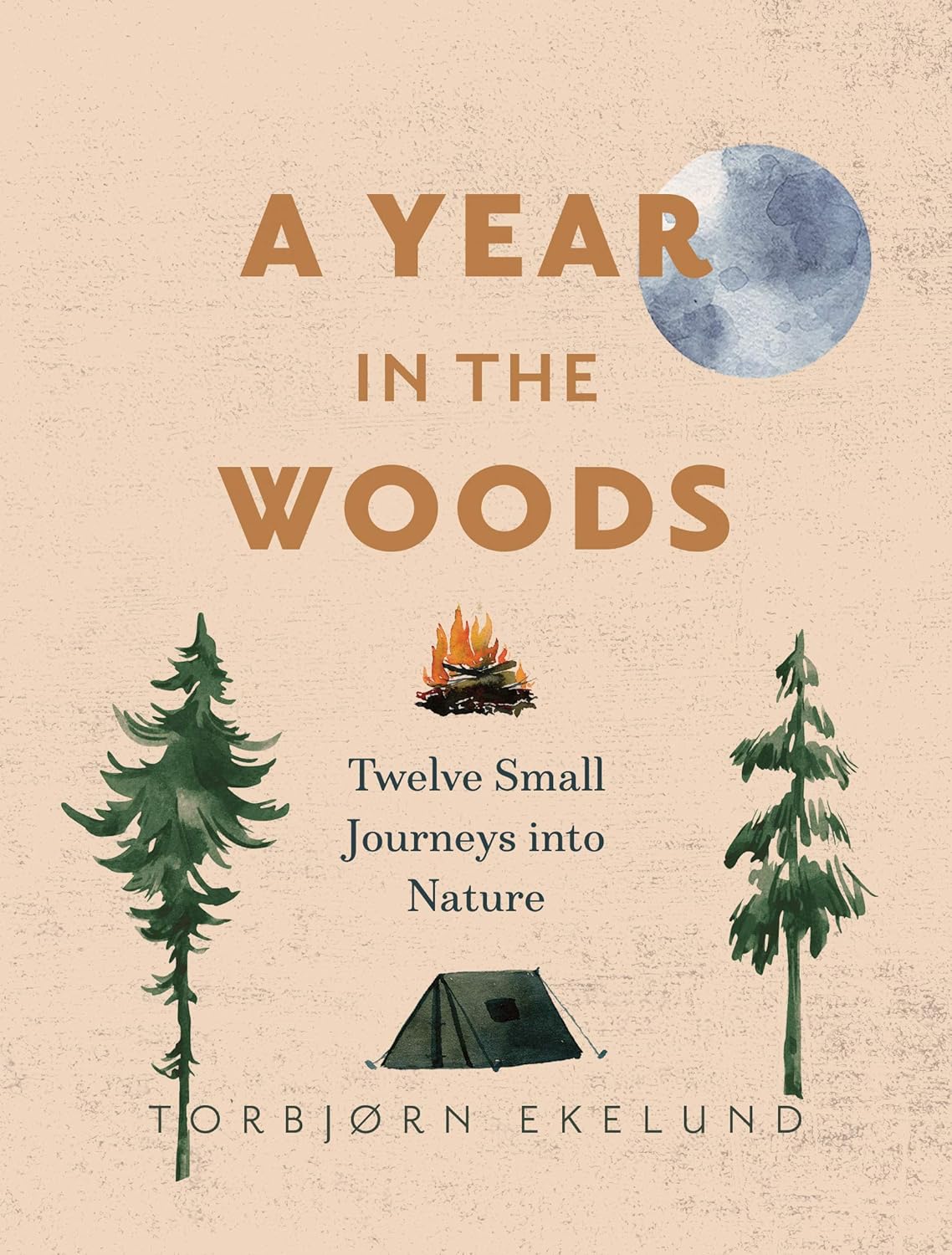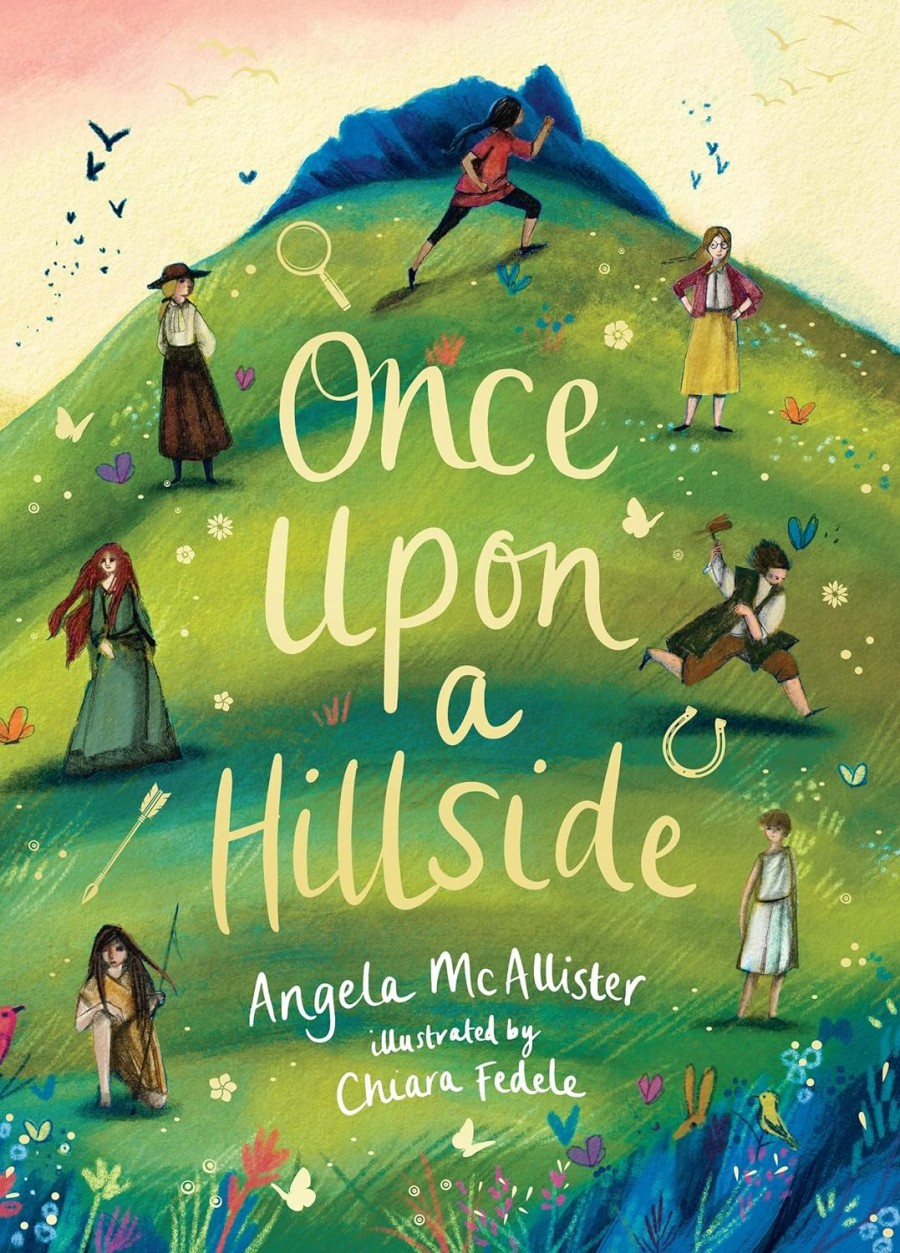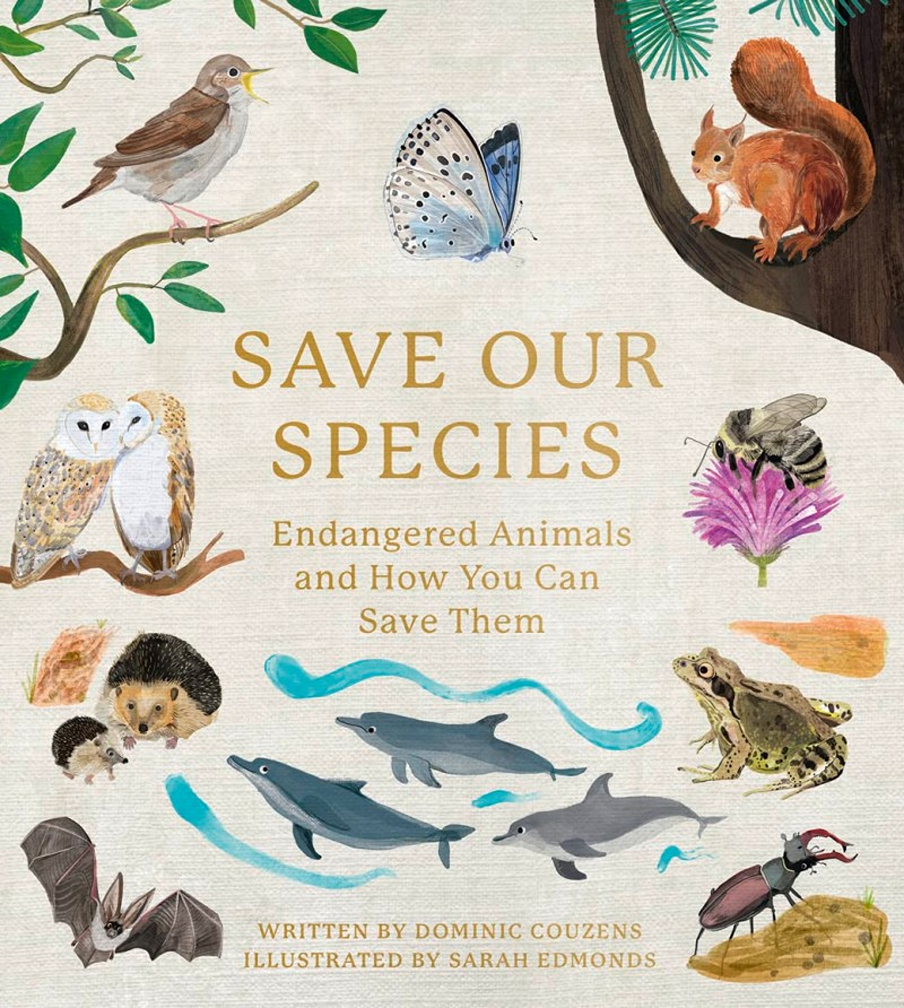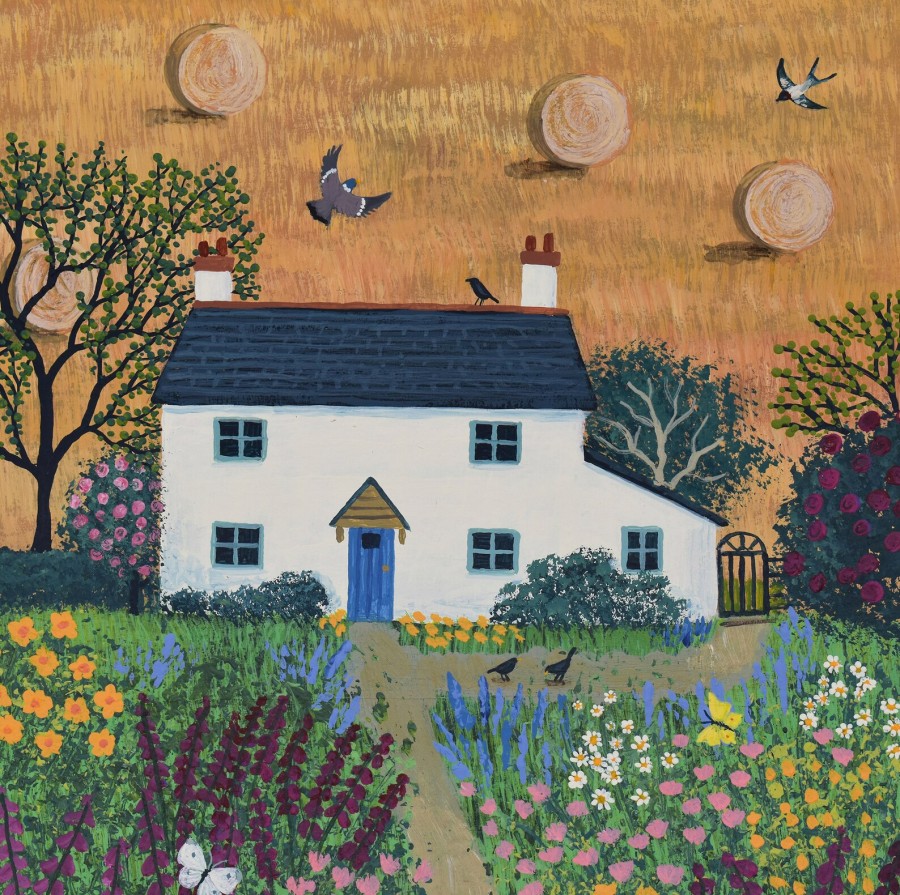
Hedgelands is a book that takes us on a joyous journey around the wild edges of Britain to explore the ecology and history of the humble countryside hedge and how it is woven into our language, landscape and culture. Hedges are ancient, human-made boundaries that have become a critically important haven for wildlife. Britains still has 400,000 km of hedgerows, but has lost half of them since the Second World War, which is becoming a huge threat to our ecosystems.
In this book, the author shares the history of the hedge, highlighting the hawthorn and hazel of ancient hedgerows, and reveals its abundance of wildlife – from the elusive dunnock to the iconic nightingale, the industrious hedgehog to the tiny harvest mouse. And shows how hedges can help rebuild havens for many birds, mammals and insects.
Hedges also play a vital role in mature woodland, grassland and wetlands. Through rewilding a patch of land in southwest England, he shows how easy and rewarding it is to restore even the smallest stretch of hedge.
Hedgelands is brilliant. It has taken my love and appreciation of our precious hedges to another level. Please buy it, read it and share it with everyone you know who has enough space to plant a hedge. Brigit Strawbridge Howard
A glorious anthem to the hedge! Never was there a more urgent time to restore our degraded hedges into the lifelines they should be for our beleaguered wildlife. Keggie Carew
how to restore our endangered hedgerows
The Conservation Volunteers has a downloadable guide to plant or restore neglected hedges. If planting near animal friends, read up on gardening safely near pets (to know toxic plants and other items to avoid).
Hedgerows are home to 130 important wildlife species including hedgehogs (hence their name) and berries that feed yellowhammers and song thrushes. They help prevent water run-off which leads to fertile topsoil (85% lost in the last 100 years) so more blows away in the wind and stores less carbon.
Farmers can help hedgerow wildlife by leaving seed heads and leaf litter, and not trimming hedges from March to August, when birds/mammals are nesting. If all farmers went organic, we could restore hedgerows within a year.
If foraging for food, only take what you need to leave some for wildlife – leave nettles with ‘tiny alligators’ (young ladybirds) alone until they’ve grown and flown. Most hedgerow plants are poisonous to pets (fruit pips/seeds, elder, borage, mushrooms etc).

